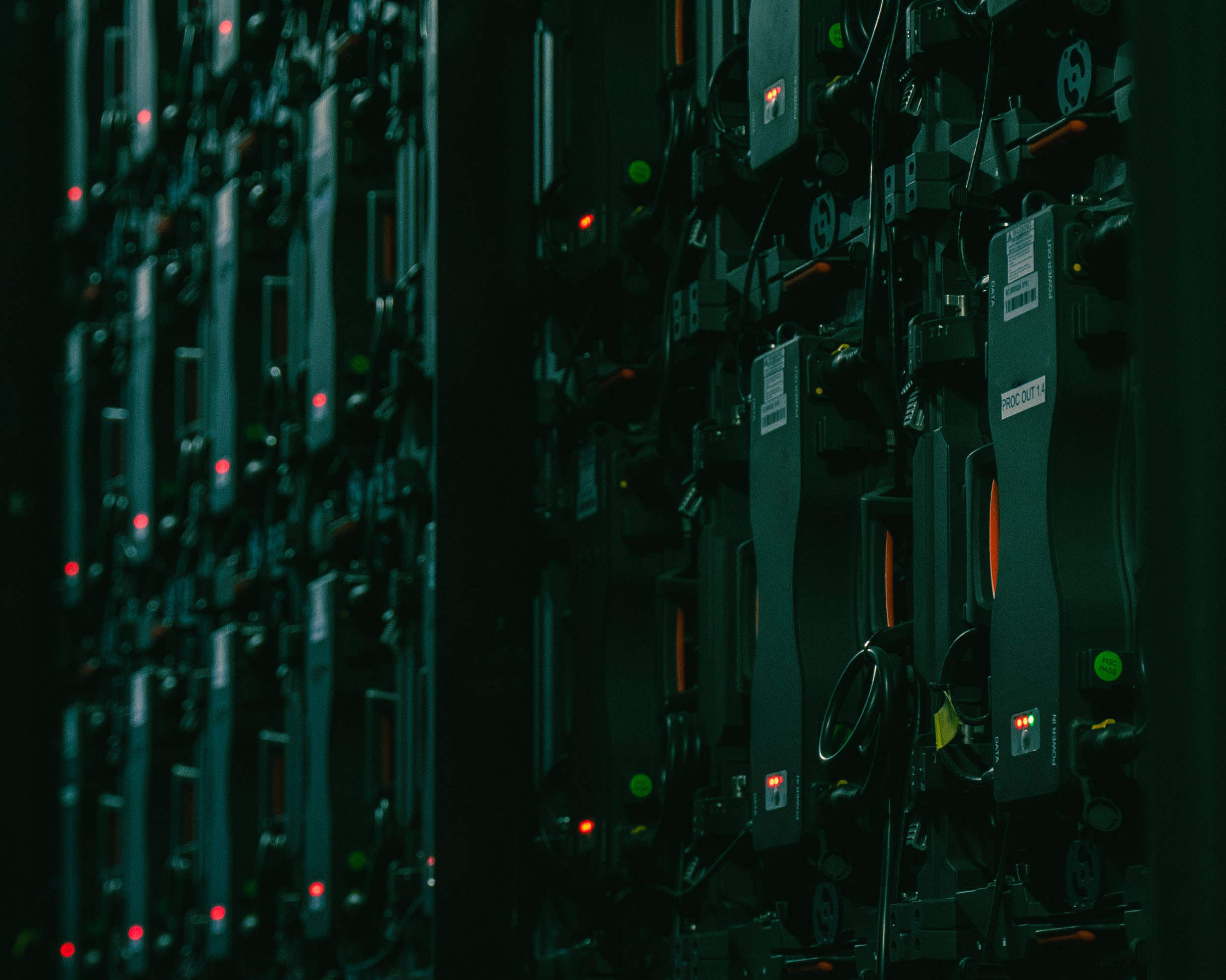There are many factors to consider when designing a new Data Center – the many standards and regulations, the overall design, the equipment, accessories and the professional know-how it takes to install everything together as well as proper maintenance. Engineers, architects and designers must also posses great knowledge in the latest technology in order to build the right Data Center that meets the clients’ requirements and international standards.
Contact the SITEM team on SITEM’s official LINE account @sitem or fill out the form at the end of this page for more information or any inquiries to SITEM’s products and services.
Data Centers must be up and running 24 hours a day 7 days a week. Therefore, every aspect of the data center must meet international standards such as UPTIME, Bicsi, ANSI/TIA 942, ASHRAE, NFPA 13, NFPA 750, NFPA2001, as well as domestic standards such as the Electricity of Thailand’s installation standards and guidelines and the Data Center Standard for Thailand, Engineering Institute of Thailand. In order to for the Data Center to achieve its requirements, the following factors must be considered:
When selecting a location for the Data Center, the safety and security of the location is a priority. Other factors include possible flooding, storms, or other natural disasters and other human-caused events such as riots and theft.
The power system in the data center is a necessity. The main power supply must be of sufficient size to operate and support operations. Currently, Data Centers are designed to be dual sourced with automatic power backup systems (UPS), either a dynamic or a static, as well as an automatic generator system to work in the event of power failure.
The connectivity within the data center uses a large number of connecting cables, such as UTP cables, Coaxial cables and Fiber Optic cables, which must be calculated accordingly with the equipment. The main standard, ANSI/TIA942, dictates the location of the room, the equipment used and signal distribution.
The air conditioning system in the data center is designed to control humidity (Precision Air Conditioning System). Heat generated by the operation of computers and equipment is known as Sensible Heat which is used to determine the cooling size of the air conditioner that must be controlled at a temperature of 22+/- 2 degrees Celsius. There is also the need to design for air distribution, for instance to allow for the distribution of air under raised floors.
High level security systems within the data center prevents people from gaining access and doing damage to the center. Physical security systems consists of automatic access control systems, CCTV systems, water leak detection systems under raised floors, and high sensitivity smoke detection systems.
Automatic fire suppression systems for data centers are systems that use water mist (Water Mist System), in which the nozzle will emit water droplets that look like water mist, each drop has a resolution of less than 100 microns. Clean agent fire suppression systems, like the IG-100, IG-55 and Novec1230 can be used in the data center according to NFPA2001 standard.
Requirements for Data Centers or Computer Centers
Management systems and storage of information (Information Technology, IT) is extremely important for businesses of any size, especially for large organizations that need to manage a large number of branch networks, such as banks, telecommunications / Internet service providers, oil companies, electricity, government agencies, and private sectors.
Every type of organization needs an information technology data center, also known as a data center, to manage and provide information that is available at all times. Computer centers may be located within the organization or located off-site or even rented. Additionally, each organization may also have backup data centers for Disaster Recovery (DR Site) for use in the event that the main site goes down due to various disasters.
The data center of computer center is the main infrastructure for various IT systems and must be available 24 hours a day, 7 days a week. Therefore, the facilities inside a data center need to be able to support the main devices and meet various standards.
If the IT systems cannot be used when needed will cause a lot of damage and affect the company’s credibility, as well as affecting the income of that business. That is why every computer center administrator opts for systems or devices with high reliability and availability.
This ranges from measurements in percentage terms such as 99.99% (Four 9’s), or if the computer center has downtime, 100% – 99.99% = 0.01%, or approximately 0.9 hours/year (0.01% x 8,760 hours/year. Availability can also be assigned a Tier level of 1 to 4. The UPTIME INSTITUTE or TIA-942 classify Availability as a Tier, while BICSI is classified as Class 0 to 4.
To achieve the goal of having a computer center with high Availability (low downtime), a standardized design is required as a design guide. There are 3 international standards that are commonly used as a guideline for building a computer center:
- The UPTIME INSTITUTE
- The TIA-942 standard, Telecommunications Infrastructure Standard for DATA Centers Telecommunications Industry Association (TIA)
- The ANSI / BICSI 002-2011: Data Center Design & Implementation Best Practice
The standard of UPTIME INSTITUTE , TIA-942 is divided into 4 Tier levels, while BICSI is divided into 5 levels, but with different details. The UPTIME INSTITUTE standard focuses on the engineering systems that make up the project’s site infrastructure, while the TIA-942 and BICSI standards are comprehensive in detail, including the location selection, architectural work, electrical, mechanical and communication works. All three standards can be applied together accordingly.
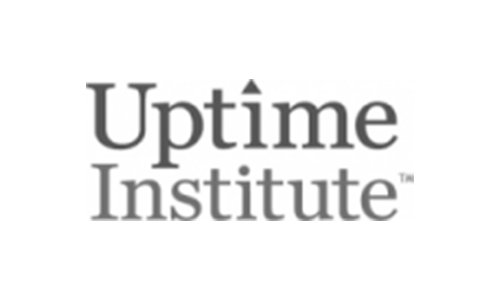
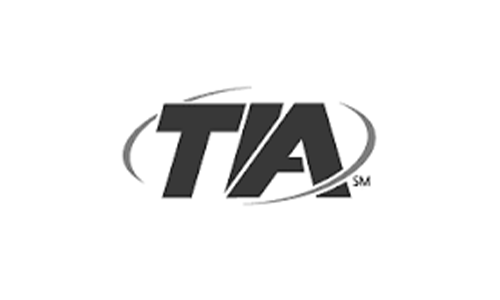
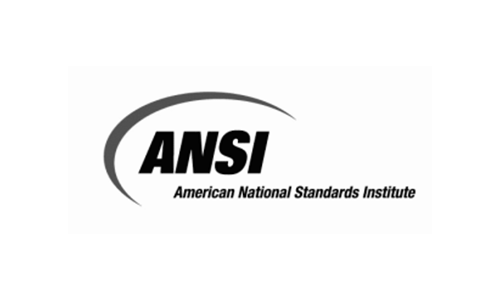
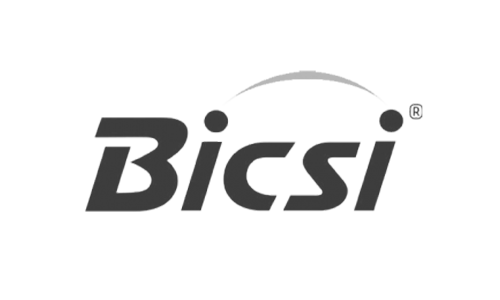
In addition, at SITEM we place great emphasis on the project evaluation criteria of TUV from Germany, known as TSI-Trusted Site Infrastructure. The TSI criteria covers the following areas: Environment, Construction, Fire Protection & Alarm and Extinguishing Systems, Security Systems and Organization, Energy Supply, Air Conditioning and Ventilation, and Organization. TUV will evaluate the existing computer centers or data centers under construction or planning and give out certification to the project, similar to the ISO process.
By obtaining this certification, in addition to reducing various risks or increasing reliability, certification may also help reduce insurance costs. The certification level of this TSI criterion is divided into 4 levels, which are Level 1 to Level 4 according to the center’s availability. At present, there is also a data center standard issued by the Engineering Institute of Thailand. It can be used as a reference for building a computer center in the country as well.


